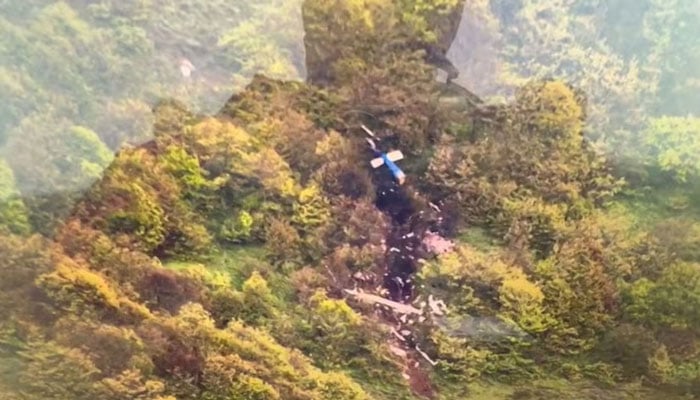
Iran is in mourning after the death of its president Ebrahim Raisi, whose helicopter crashed into a fog-shrouded mountain, setting off a period of political uncertainty in the Islamic republic
The aircraft with Raisi, 63, his foreign minister and seven others on board went down in a remote area of northwestern Iran on their way back from the East Azerbaijan province.
After at least 12 hours-long rescue and search operation, hindered by thick fog and rain, all passengers were declared dead when the wreckage of the crashed copter was found on the hillside early Monday morning.
Khamenei, who holds ultimate power with a final say on foreign policy and Iran’s nuclear programme, announced a five-day mourning period while naming Iran’s First Vice-President Mohammad Mokhber as interim president and directing him to ensure election of a new president within 50 days, as per the country’s constitution.
The funeral procession for President Raisi will be held in Tehran on Tuesday.
While the Gulf state reels from the shocking development, the state-run Islamic Republic News Agency (IRNA) has reported that the presidential chopper faced the accident due to “technical failure”.
Though the crash came at a time of growing dissent within Iran over an array of political, social and economic crises, with Iran’s clerical rulers facing international pressure over Tehran’s disputed nuclear programme and heightening tensions with Israel in the backdrop of war in Gaza, any indication of foul play was ruled out by Iran’s state TV.
However, former Iranian foreign minister Mohammad Javad Zarif has held the United States responsible for Raisi’s death and “his entourage because of its sanctions on the country’s aviation industry”.
“The Iranian nation has faced great events in these 45 years, and according to the Supreme Leader of the Islamic Revolution, they will overcome this tragic event,” the state-TV quoted Zarif as saying
Besides other factors stated by the Iranian politician, the “cruel sanctions” against the Islamic state were part of the difficult conditions that Iran had faced and successfully overcome.
The US-made Bell 212, that carried 63-year-old leader, is believed to have been decades old. According to the Washington Post, the aircraft is a widely used civilian version of the Vietnam-era Huey military helicopter, operated by armed forces and businesses around the globe.
Iran also was a major buyer of Bell helicopters under the US-backed regime before the 1979 Islamic revolution but decades of sanctions made it hard for the nation to obtain parts or upgrade its aircraft.
An Al Jazeera report said that the Iranian economy has hit snags and especially its aviation sector has been impacted due to the inability to buy new planes or parts under the sanctions. A spike in deadly air accidents in the 1980s, 1990s and early 2000s is pertinent to mention.
Additional input from Reuters
